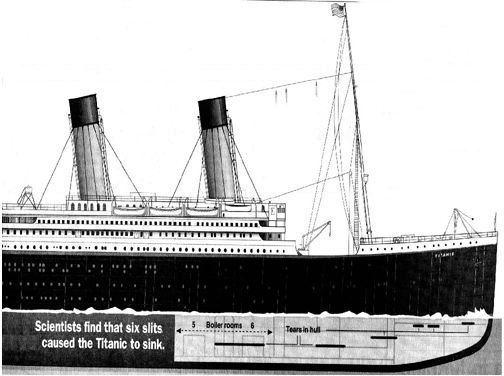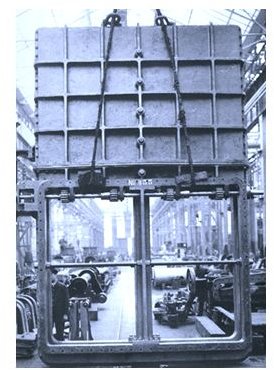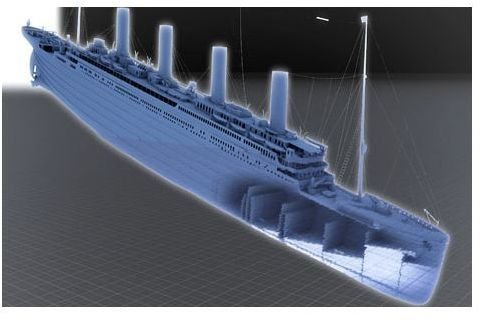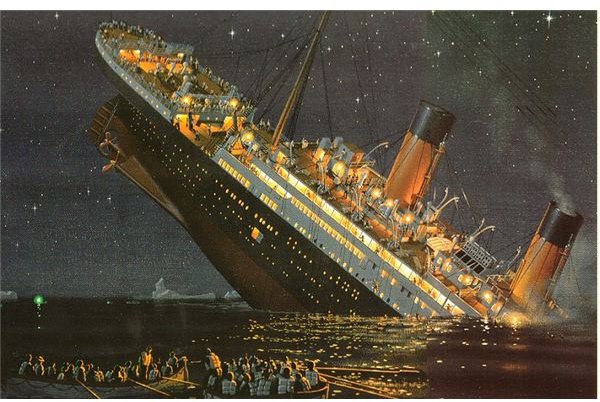The Sinking of the Titanic: Process of the Sinking
Every one of us knows the story of this great ship and has most likely also seen the film version of the sinking in the James Cameron movie - Titanic. However, the reasons behind the sinking of Titanic have never been known completely. Evidence gathered from the ship’s remains later proved that the unsinkable Titanic experienced a major hull failure which broke it into two pieces on the surface of the water before sinking. Gain a little more understanding of why the largest ship of the time sank on its very first voyage. In this article, I will take a brief look at the ship’s design and construction, especially of the hull area.
Titanic Hull Design
The Design of Titanic was no doubt the most innovative and advanced one of its times. This was the reason which made people believe that the Titanic was “unsinkable”. The design of the Titanic introduced for the very first time the concept of watertight compartments. The ship’s hull region was divided into sixteen of these watertight compartments, using fifteen transverse watertight bulkheads. Each of these compartments also had a watertight door which would close automatically if the water inside the compartment flooded above a certain level. All these water tight doors could also be remotely operated from the bridge.
Moreover, the design of Titanic such that even if two or three out of the first four water tight compartments were flooded with water, the ship would stay afloat easily. Unfortunately the ship sank because first six of its compartments got flooded with water due to collision with an iceberg.


Sinking of the Titanic - In Stages
Even the hard-headed concept of watertight compartments couldn’t save the Titanic from sinking. The blow from the iceberg, which measured several feet long below the water surface, was so strong that it made around six slashes in the ship’s hull. The rest of the damage happened in stages, which is described below.
-
When the Titanic hit the “almost invisible” iceberg, six of its sixteen watertight compartments were damaged with narrow slashes. The affected first six compartments, towards the bow area, started filling up with water. Water Gushed into the bow through these slashes, which were almost twenty feet below the water line. Within no time, the watertight compartments were completely filled.
-
The flooded compartments pulled the ship downward, towards the forward end. The vessel almost nose-dived, filling up the rest of its watertight compartments one after the other. The forward portion of the ship gradually submerged inside the water, brining the stern above the water surface.
-
As the forward part of the ship went deeper, the stern of the ship rose further out of the water. After some time the vessel couldn’t withstand the stress this generated and it snapped into two parts almost at the center of the ship, just forward of the third funnel.
-
The separated bow portion began to sink deeper into the water, while the stern portion came to a level, which almost parallel the water surface.
-
The bow sank into the water and the stern started flooding. Gradually, the stern rose out of the water again and later came to a position, almost perpendicular to the water surface. It remained in that same vertical position for almost a minute and then slowly sank beneath the water surface.
-
The hull portion sank at a slower pace, gently hitting the ocean’s muddy bottom. The stern portion sank at a higher speed and hit the bottom with such an impact that it went almost fifty feet inside the ocean’s floor, smashing its steel structure into pieces.
Though the above mentioned sinking process has been accepted by most of the researchers around the world, there have been many new developments and findings which have challenged the above mentioned theory. It is quite surprising to find that the secret of the Titanic disaster, even after so many years, is getting more and more intriguing and complex, challenging researchers and oceanographers around the world to find the truth.



